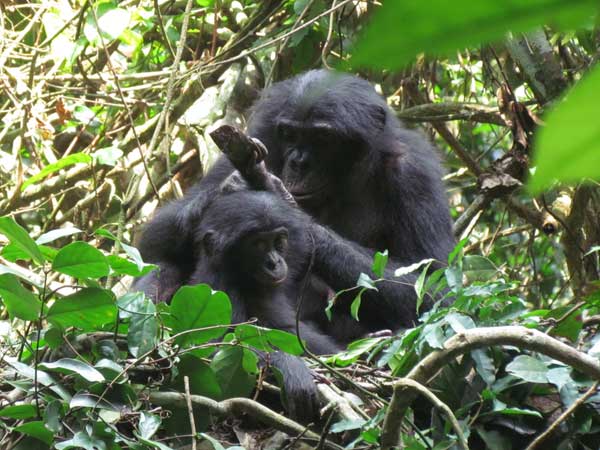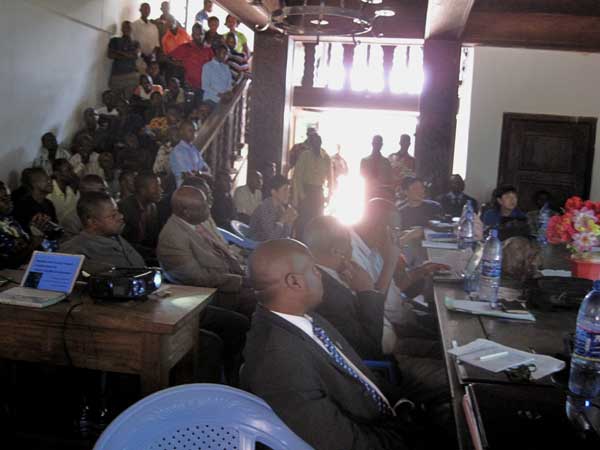English
事業報告事業番号:23-012 Attending a symposium and field work focused on difference in sociality among female bonobos 報告者: 柳興鎭 (リュ フンジン) 期間: 2011/8/7 - 2012/1/30 Wild bonobos are only found in the Democratic Republic of the Congo. So, it is necessary to go to DR Congo to conduct research on the wild population. And my research topic is focused on female reproductive strategy which I assumed that it depends upon their life history issue. In particular I want to compare each female's sociality according to a female's age and sex and age of its children. For the reasons I should do conduct research on well-known bonobo population. Japanese researchers have conducted researches on one community bonobo at Wamba for around 40 years, and therefore its demographic information is also well-known. It is ideal and suitable for me to conduct my research there. Although there are some captive bonobo populations in the world, they are under control for population management or another purpose. Therefore it is necessary for me to go to the DR Congo to conduct research on bonobo. Before I went to Wamba to conduct field research on bonobo, I attended a symposium at Mabali in the Democratic Republic of the Congo. It was very good time, although I was suffering from common cold. During symposium, I was so much impressed by many Congolese researchers. They were very passionate and motivated by their own research. I think that the symposium made me more ambitious and passionate. After the symposium, I went to Wamba and conducted field work on bonobos of E1 group. For daily observation, I usually got up 4 o'clock in the morning and left the camp earlier than 5 in the morning. Sometimes I and trackers should work more than 2 hours to get to the bed site. At the beginning it was so hard for me, but after one month I got used to do it.
HOPE Project< |

